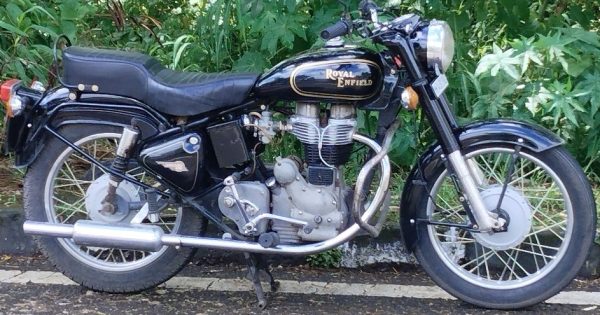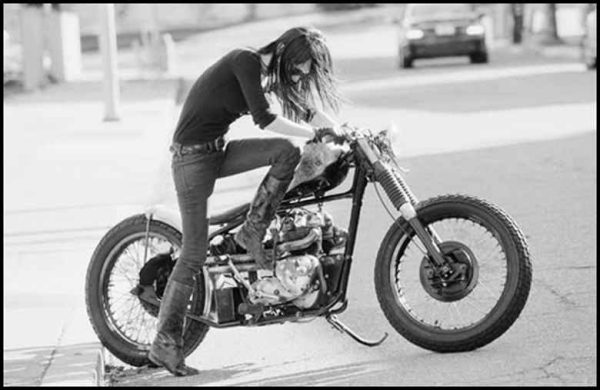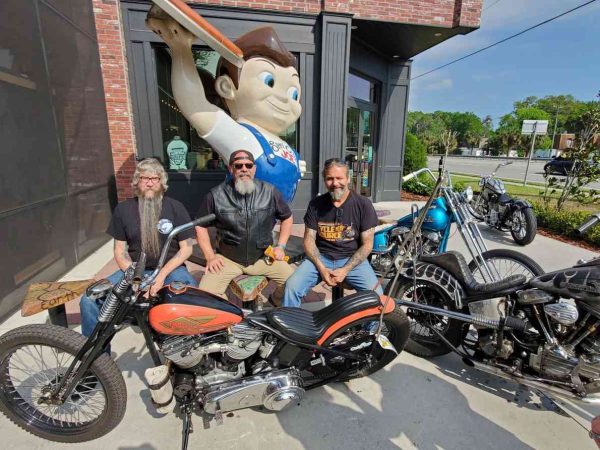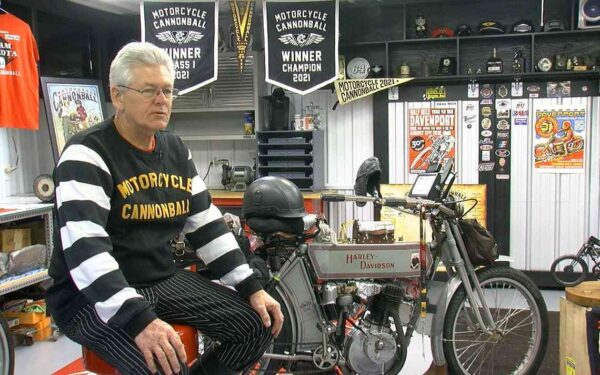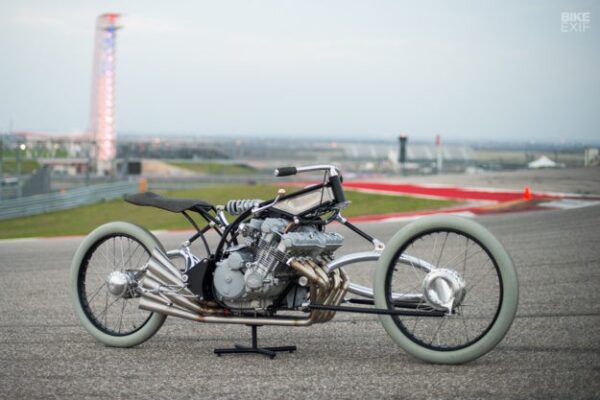MRF : Congressional Motorcycle Caucus
Congressional Motorcycle Caucus With the end of May upon us, it’s great to report that the House Congressional Motorcycle Caucus has added six (6) new members since Bikers Inside the Beltway! These additions bring the House caucus up to 36 lawmakers from both political parties. The House and Senate Motorcycle Caucuses host educational seminars and press events that shine a light on the issues facing the motorcycling community. The bipartisan membership of these caucuses allows us to know who our champions on Capitol Hill are and which legislators are committed to standing with us on critical issues. Congress is out of session this week, but once they return, we hope to see more members added to both the House and Senate organizations. This is firsthand proof that coming to D.C. and advocating for your interests can help move the needle in D.C. The Motorcycle Riders Foundation welcomes the new members and thanks the longstanding members of this important group! New Members: Rep. Mark Amodei (NV) Rep. Tim Burchett (TN) Rep. Eric Burlison (MO) Rep. Barry Loudermilk (GA) Rep. Ralph Norman (SC) Rep. Jeff Van Drew (NJ) Current Members: Rep. Don Bacon (NE) Rep. Troy Balderson (OH) Co Chair Rep. Jim Banks (IN) Rep. Mike Bost (IL) Rep. Angie Craig (MN) Rep. Rick Crawford (AR) Rep. John Curtis (UT) Rep. Warren Davidson (OH) Rep. Tom Emmer (MN) Rep. Paul Gosar (AZ) Rep. Glenn Grothman (WI) Rep. Andy Harris (MD) Rep. Dusty Johnson (SD) Rep. Anne Kuster (NH) Rep. Doug Lamborn (CO) Rep. Tracy Mann (KS) Rep. Mariannette Miller-Meeks (IA) Rep. Donald Norcross (NJ) Co Chair Rep. Scott Perry (PA) Rep. Bill Posey (FL) Rep. Adam Smith (WA) Rep. Pete Stauber (MN) Rep. Bryan Steil (WI) Rep. Chris Stewart (UT) Rep. Glenn “GT” Thompson (PA) Rep. Dina Titus (NV) Rep. Derrick Van […]
MRF : Congressional Motorcycle Caucus Read More »


